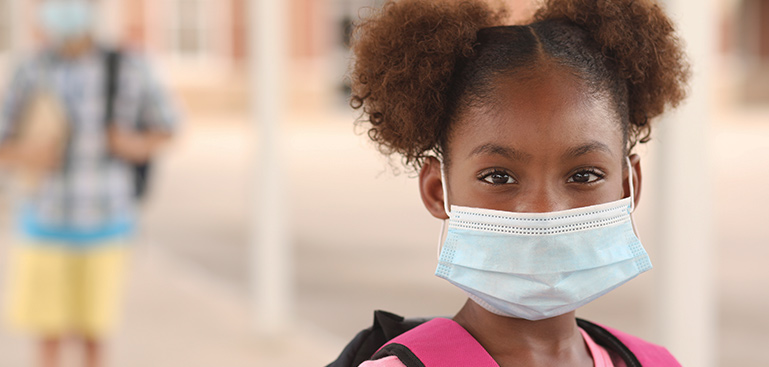It’s mid-July and parents all over are worrying about what will happen with school and childcare in the fall. Everyone is concerned about the intellectual, physical, social, and emotional development of children. Five months has been a long time for children to be isolated from their peers and learning remotely. It has also been a very long time for parents to be responsible for keeping students engaged in online learning or virtual camp activities while balancing their own work commitments.
Public and private schools and universities are presenting plans that vary widely and are uncertain at best, so what is a parent to do? I wish I could give you an answer, but since I can’t, I hope to at least help you think about your options and how to prioritize your needs.
How Are Schools and Childcare Centers Preparing?
Some preschools and childcare centers have re-opened at limited capacity without significant outbreaks, but it is unclear how long this will last and how schools will be able to sustain this model financially and safely. Most preschools, childcare centers, and schools are shortening the length of the day and/or the length of the week, so children are going to be home more often and parents will have to think about their need for childcare in addition to their child’s school experience. Private schools are typically planning to offer more in-person learning opportunities than public schools can. Independent afterschool childcare programs are expanding their hours to try to meet the needs of families, but everything is tenuous, and parents need to be prepared for in-person activities to shut down again.
What Do Children Need At Home?
At home, children of all ages need adult assistance and supervision to stay on task with distance learning, and children under the age of 6 or 7 need almost constant support. Older children are able to be more independent, but this also varies widely based on your child’s temperament and learning style. Distance learning seems to be most effective in very small groups and for short periods of time, especially for younger children.
Children also need a lot of physical activity and at least some social interaction. We are accustomed to outsourcing these activities to schools and extracurricular options, but children can be satisfied by being active with parents or another adult on a daily basis. Try walking, bike riding, scootering, climbing trees, playing sports, dancing, doing yoga, hiking, and exploring nature.
Children can get their social needs met with regular interaction with a small group of extended family or similarly minded families in your social bubble. Remember that siblings also need a break from each other and the chance to engage with other peers. Parents and children need a break from each other too, and parents need time to be able to focus on work without constant interruptions.
So, how can all of these needs be met in your household?
7 Tips to Help Your Family Plan for the Fall:
- Talk to your manager at work about creating a flexible schedule so that you can tag-team the day and arrange to have one parent available for the children during different parts of the day.
- If you have extended family close by who are healthy, low risk, and have flexible schedules—think about asking them to help with your children.
- Consider hiring another adult who is taking safety precautions that you are comfortable with to be part of your family unit and help with children when they are not in school or group care.
- Determine whether you are comfortable expanding your social bubble to include one or two families with similar safety standards to allow for social interactions between children as well as helping each other with childcare needs.
- Think about hiring a shared caregiver with another family that you trust to maintain a similar level of precaution in their lifestyle.
- Explore small homebased childcare programs for infants, toddlers, preschoolers, or young elementary school children. These programs are more likely to be able to remain open and have smaller, more self-contained groups.
- Consider your private school options. Many are planning hybrid options to continue virtual learning and offer some in-person instruction. The less well-known schools are the ones most likely to have openings at this time of year.
Remember to work together with the person who will spend time with your children to create an environment that meets your child’s age appropriate needs for intellectual, physical, and social stimulation.
Every family situation is unique and physical health and safety is paramount. There is no risk-free solution, and every parent must choose an approach that feels right for their family. As you plan for the fall, I encourage you to consider the mental and emotional health of yourself and your children as you decide how to move forward for the next 6– 12 months.
If you need help creating an individualized plan that feels right for your family, our parent educators and professional staff are here to support you. Schedule a parent consultation today.
The Center for Children and Youth can help you establish healthy family routines, connect with other parents, plan activities at home, and receive critical assistance when you need it most. If you need support or guidance during this time, or are facing other challenges as a parent, we are here for you. Contact us at CenterforChildrenandYouth.org or call 415-359-2443.

